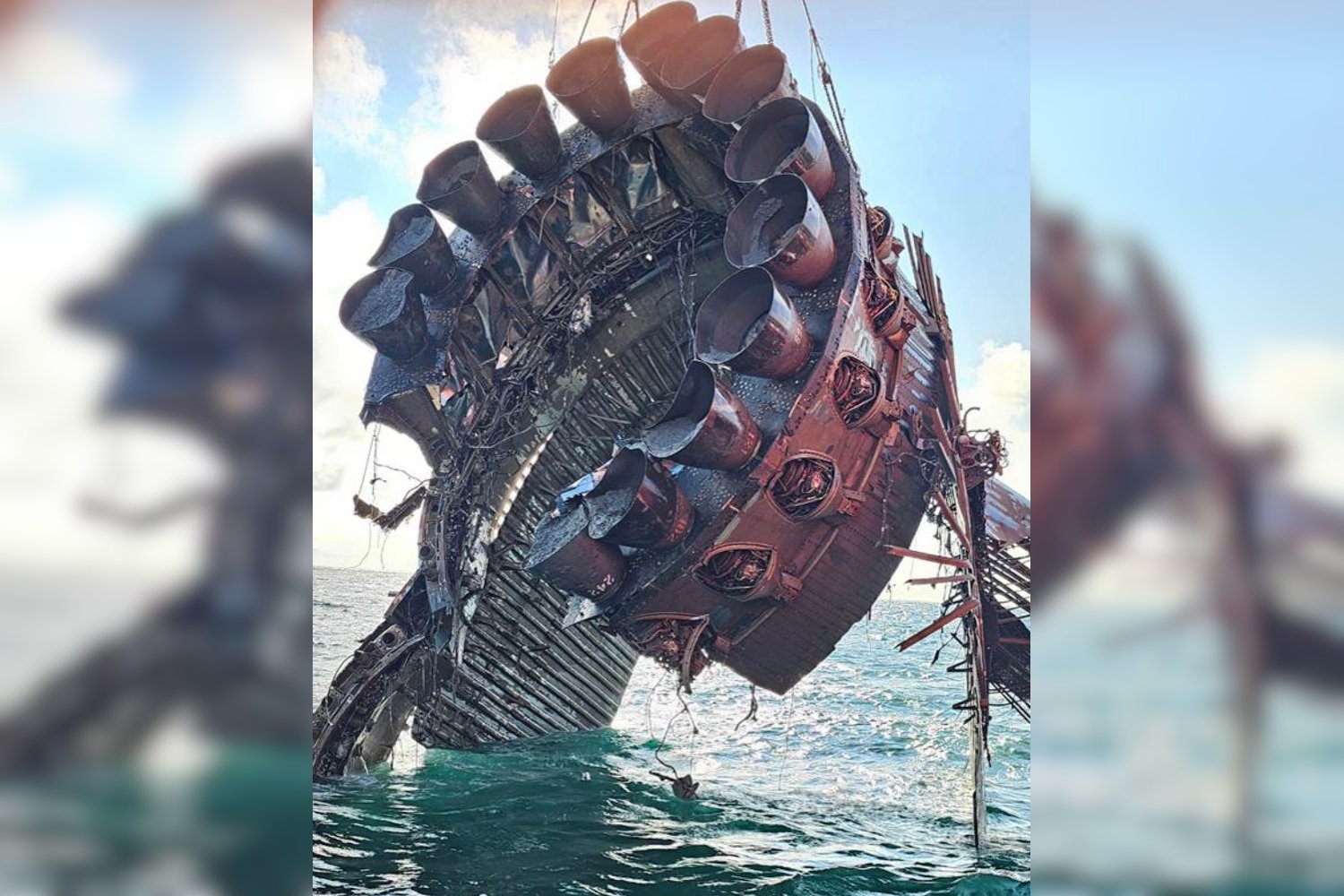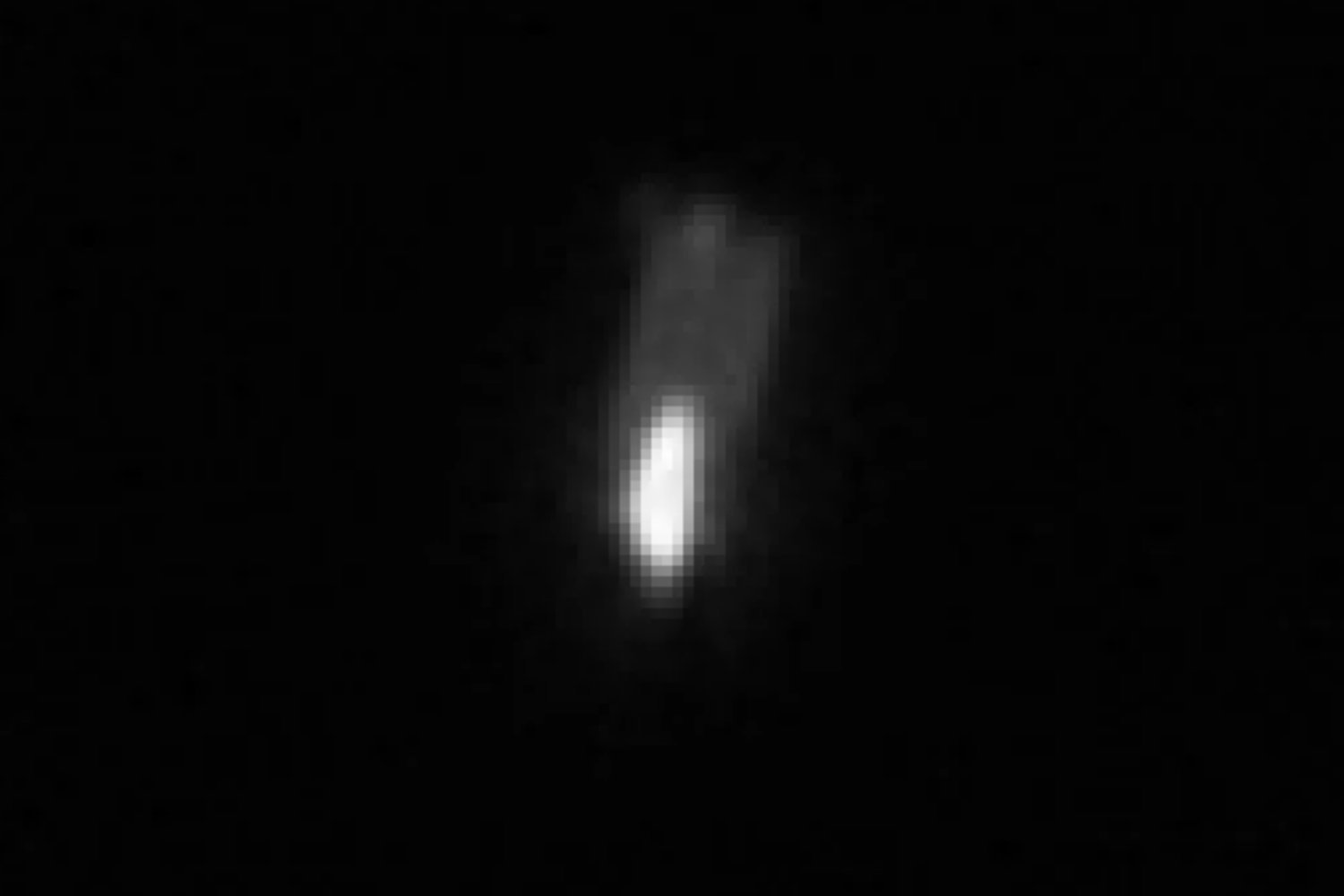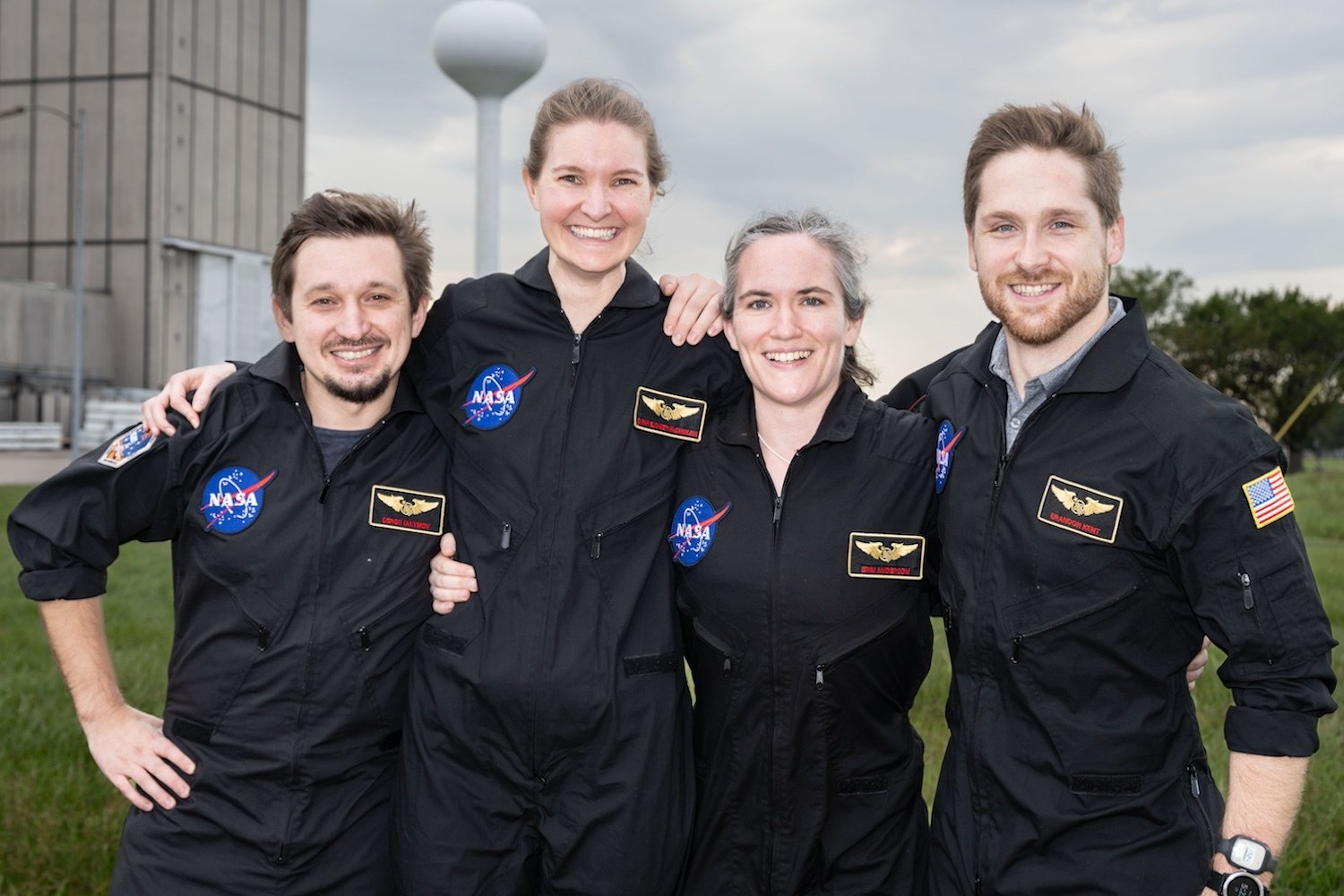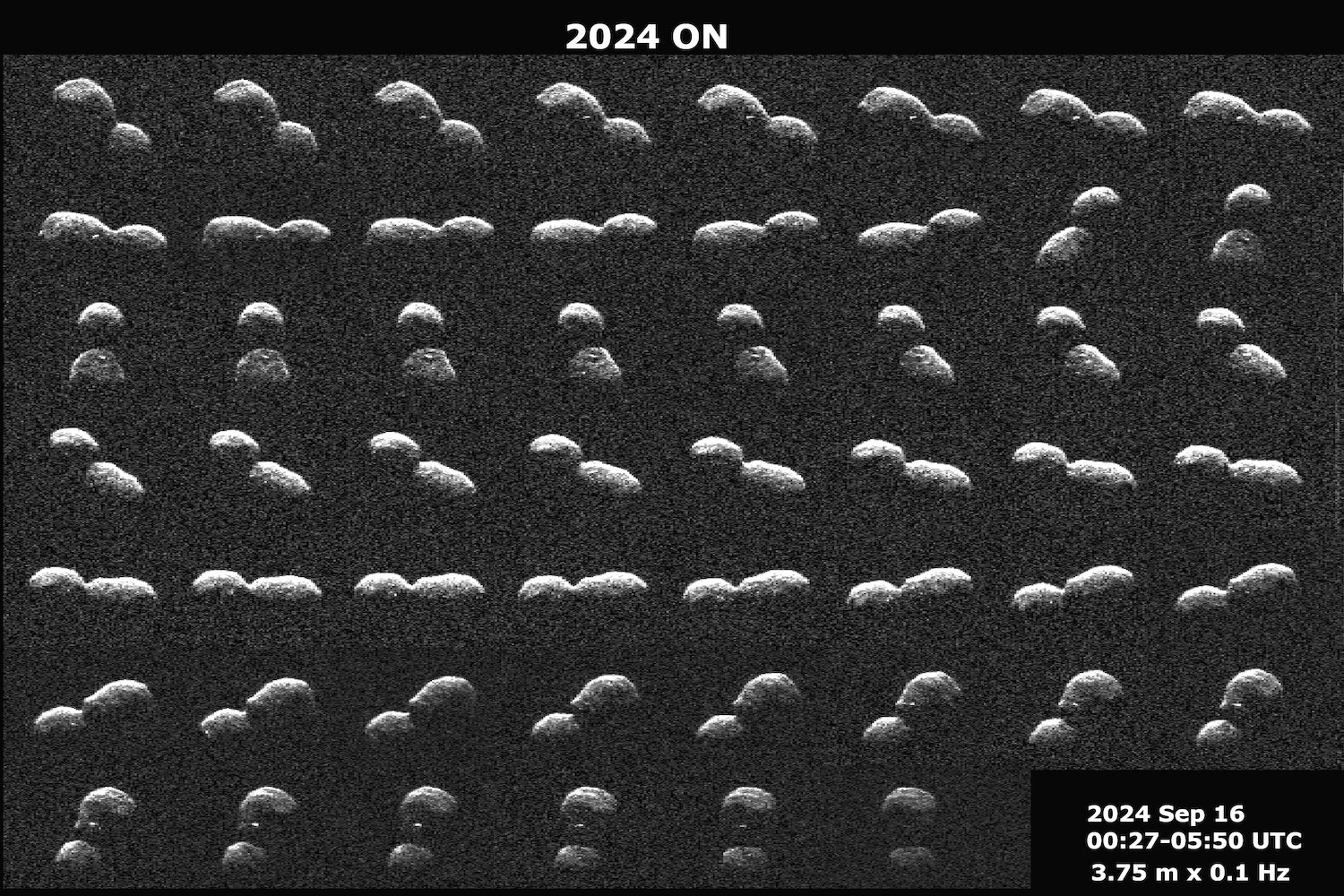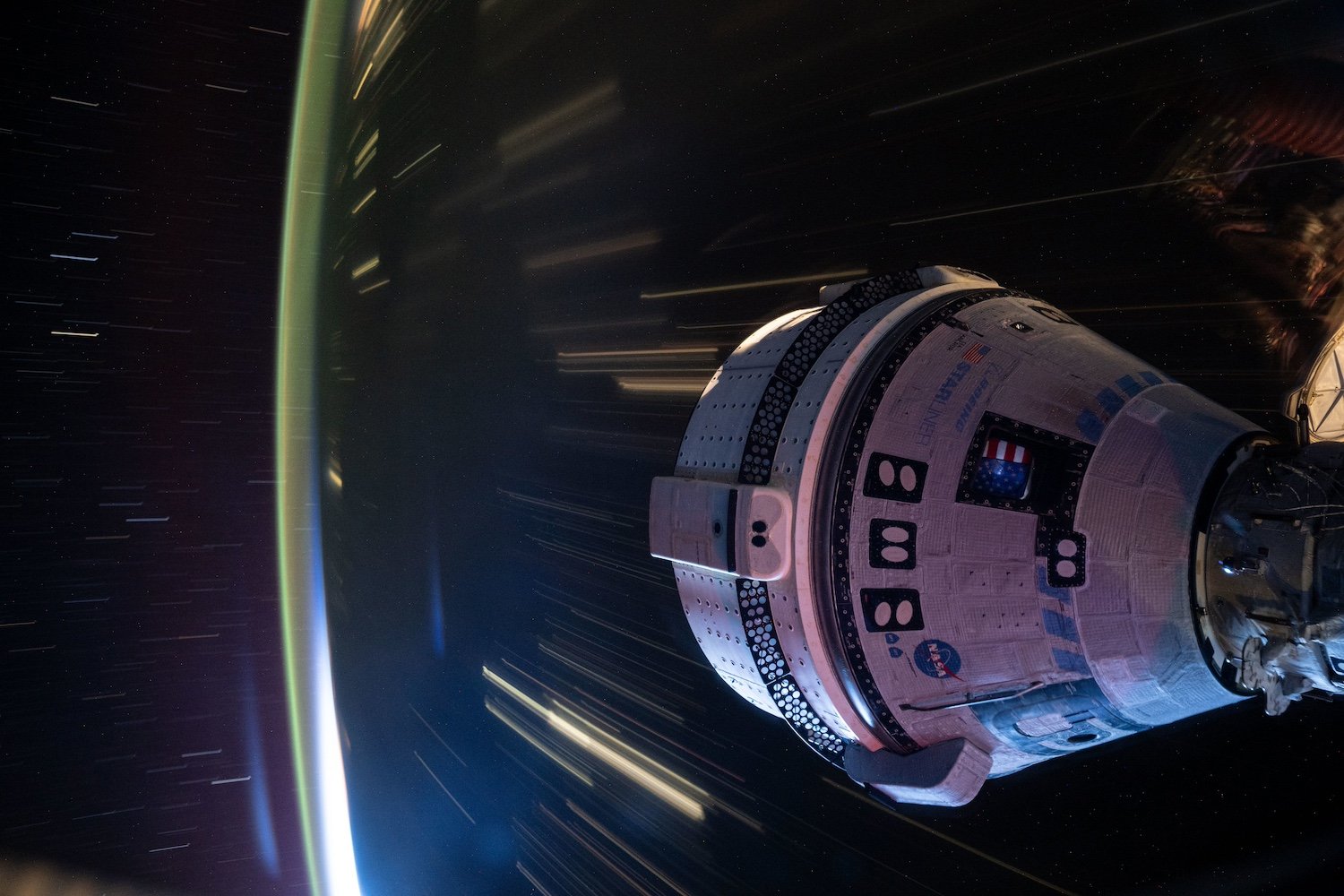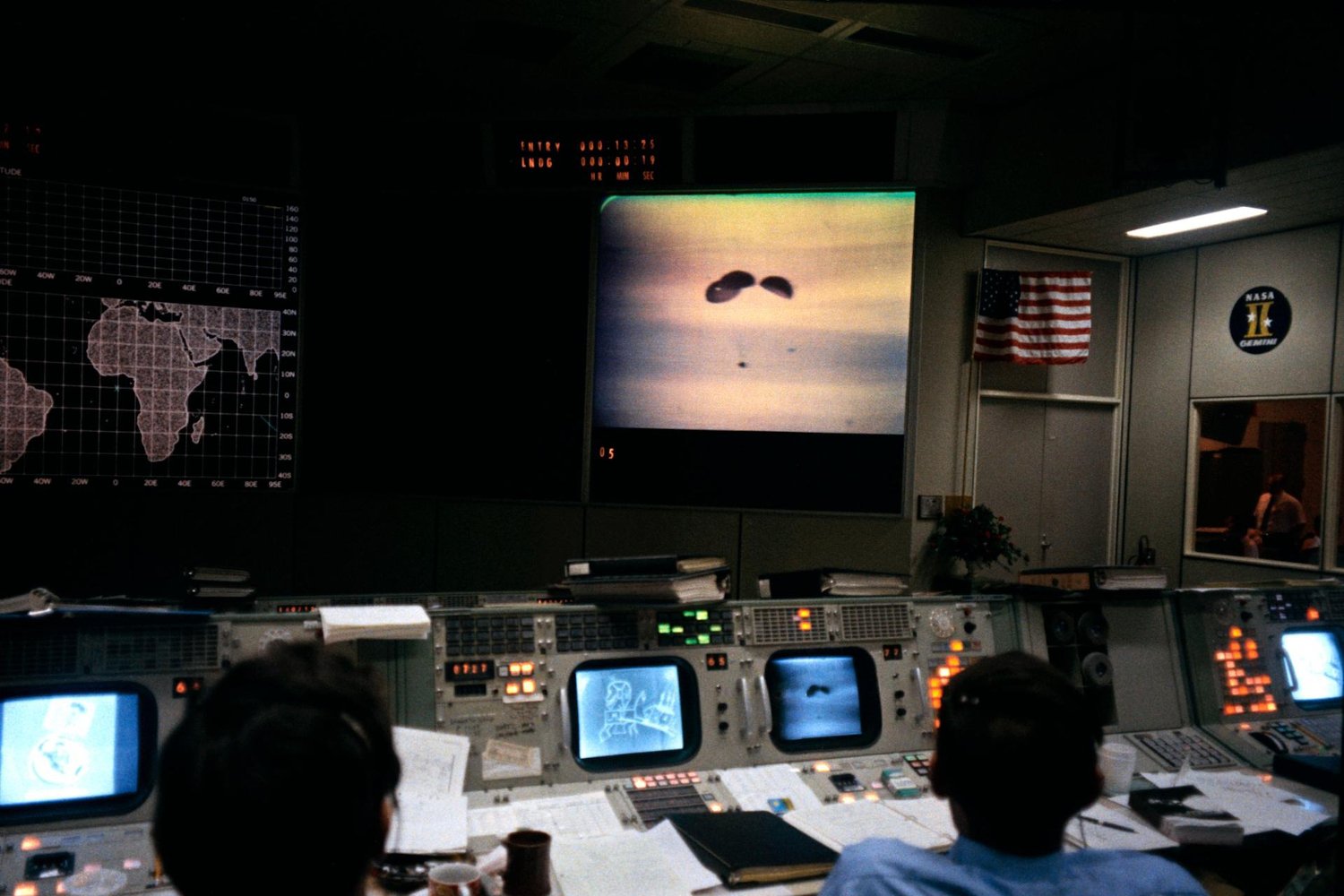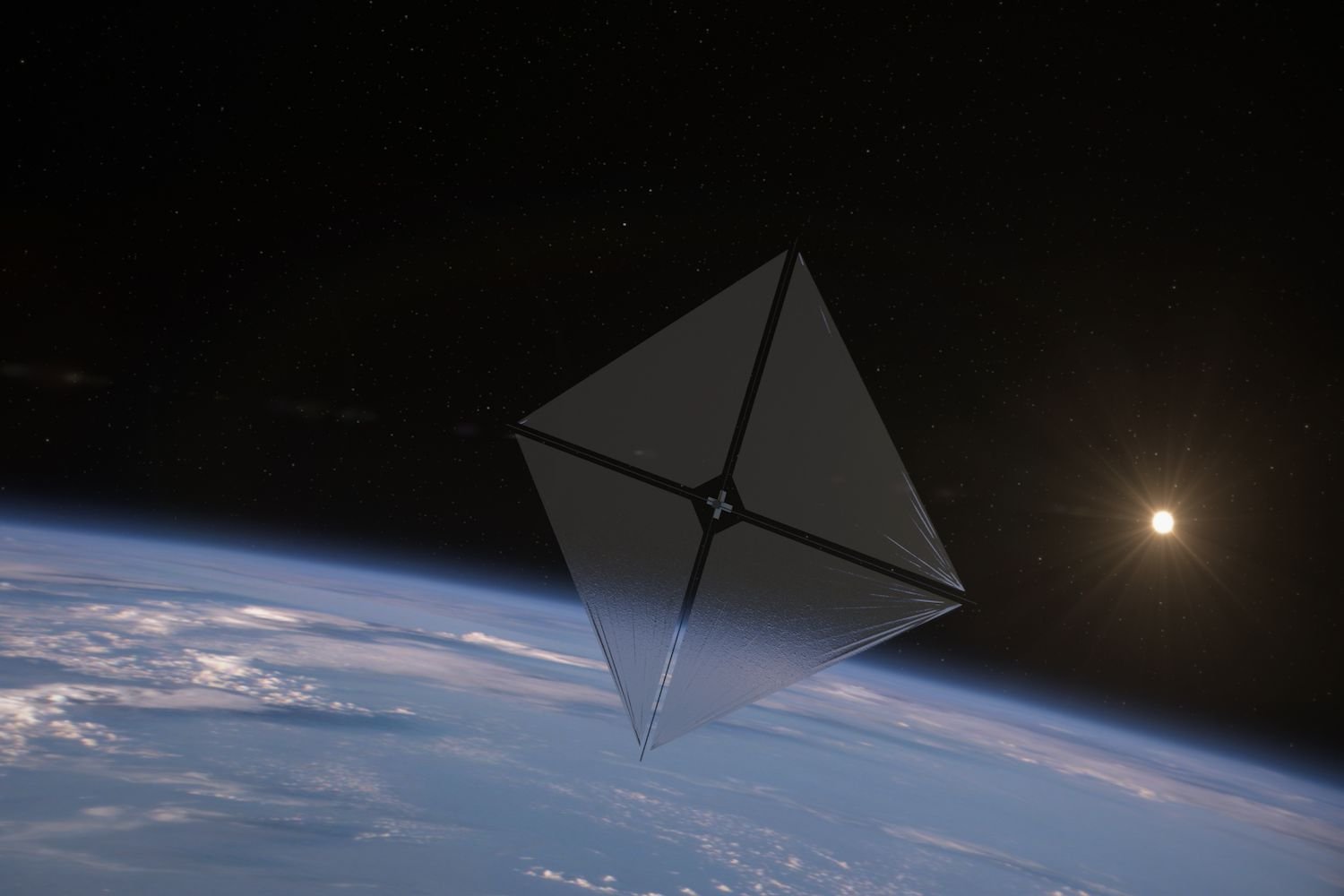SpaceX has retrieved the remnants of its Starship Super Heavy Booster from the Gulf of Mexico, months after the rocket’s fourth test flight. This retrieval comes as the company awaits regulatory approval from the Federal Aviation Administration (FAA) for its fifth launch attempt.
Elon Musk, SpaceX’s CEO, shared a photo of the salvaged booster on X (formerly Twitter), describing it as resembling “the ruins of a futuristic, long-dead civilization.” The booster sustained significant damage during its controlled descent following the June test flight, which saw Starship reach orbital velocity. This marked a significant achievement, as the rocket successfully endured peak heating and maximum aerodynamic pressure during re-entry.
Starship Flight 5 Awaits FAA Approval
SpaceX has announced its readiness for the fifth Starship test flight, pending regulatory approval. The company confirmed on X that Starship is “stacked for Flight 5 and ready for launch,” having completed propellant load tests and preflight checkouts. Images shared by SpaceX depict the fully assembled rocket poised for liftoff.
However, the FAA recently indicated that a launch license would not be granted until late November due to ongoing safety, environmental, and licensing reviews. This delay has frustrated Musk, who has expressed concerns about the lengthy regulatory process. SpaceX publicly stated its frustration, noting that “it takes longer to do the government paperwork to license a rocket launch than it does to design and build the actual hardware.”
Reasons for Booster Retrieval Remain Unclear
The decision to retrieve the booster remnants is somewhat surprising, given SpaceX’s previous lack of indication that it intended to do so. The operation, conducted discreetly using the HOS Ridgewind vessel owned by Hornbeck Offshore, was initially uncovered by documentary filmmakers specializing in rocket launches, as reported by Universe Magazine.
Several theories speculate on the motivation behind the retrieval. One possibility is that SpaceX aims to analyze the recovered hardware to gather further data on the booster’s performance during the fourth test flight. Another theory suggests that the company might be concerned about leaving sensitive rocket technology unattended on the seabed.
SpaceX and FAA Continue to Navigate Regulatory Landscape
The delay in obtaining the launch license for Starship’s fifth test flight highlights the ongoing tension between SpaceX and the FAA. SpaceX has previously voiced its grievances over regulatory hurdles and launch penalties. The company’s ambitious and fast-paced approach to rocket development often clashes with the FAA’s more cautious and deliberate regulatory processes.
While the specific reasons for retrieving the booster remain undisclosed, the salvaged hardware could provide valuable insights for future Starship iterations. The upcoming fifth test flight, once approved, will be another crucial step in SpaceX’s ambitious plans for its next-generation launch vehicle.



